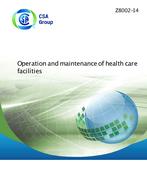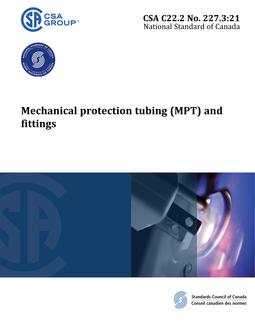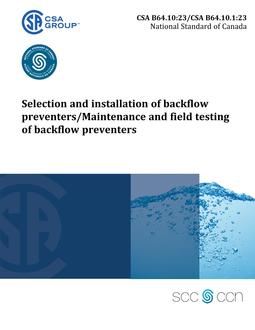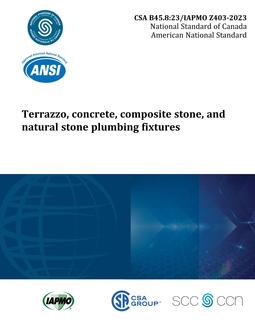
Click here to purchase
Scope
1.1 This Standard describes the requirements, including quality system requirements, for the O&M of an HCF. It sets out specific requirements for:
a) buildings and architectural systems;
b) site elements related to the building and its functions, including on-site access routes;
c) on-site utilities;
d) the building’s mechanical, electrical, and information technology, and security systems;
e) life safety systems;
f) airborne isolation rooms, operating rooms, and specialized medical procedure rooms;
g) permanently installed equipment as specified in Clause 1.4; and
h) building services and interfaces for installed equipment, both medical and non-medical.
Note: The HCF should be aware of federal, provincial/territorial, and municipal regulatory requirements applying to O&M and life safety systems, in addition to relevant CSA standards.
1.2 This Standard establishes requirements for the HCF as a whole. It does not assign responsibilities to specific job titles or departments.
Note: HCFs vary widely in size, scope, and organization. This Standard sets out the essential O&M requirements for an HCF: it is expected that the HCF will develop the appropriate administrative structures and reporting relationships.
1.3 This Standard addresses the organization of, and the policies regarding, housekeeping and environmental services as they relate to O&M activities. It also includes requirements for the necessary coordination of O & M activities with other related HCF departments and functions.
Note: Examples of other departments and functions include security, biomedical engineering, and nursing.
1.4 This Standard addresses the operation and maintenance of permanently installed equipment used to support patient care (e.g., call systems, human waste disposal units). It also includes requirements for the O&M of interfaces between equipment and building systems (e.g., equipment docking and charging stations). It does not address the operation and maintenance of clinical equipment used for life support or therapeutic purposes (e.g., infusion pumps, anaesthetic workstations, and MRI machines).
Notes:
1) There is not always a clear line between the services and interfaces that support clinical equipment [see Clause 1.1, Item (g)], and the clinical equipment itself. At a minimum, interfaces include physical space requirements and the use of utilities; however, there can be other connections (e.g., mechanical, electrical, computerization, telemetry, etc.). Problems can arise when different departments of the HCF each assume that the other is looking after a particular system. Among the tasks involved in planning an O&M program are to determine where the divisions are and then to document who is responsible for the different elements of the system.
2) In smaller facilities, O&M personnel or a department could have responsibility for equipment maintenance beyond the scope of this Standard. In that case, the person or department responsible for O&M should develop the appropriate expertise and consult relevant standards for these expanded duties (e.g., standards for biomedical engineering).
Product Details
- Edition:
- 1st
- Published:
- 02/01/2014
- ISBN(s):
- 9781771395533
- Number of Pages:
- 94
- File Size:
- 1 file , 1.8 MB
- Product Code(s):
- 2422978, 2423251, 2422978, 2422978


